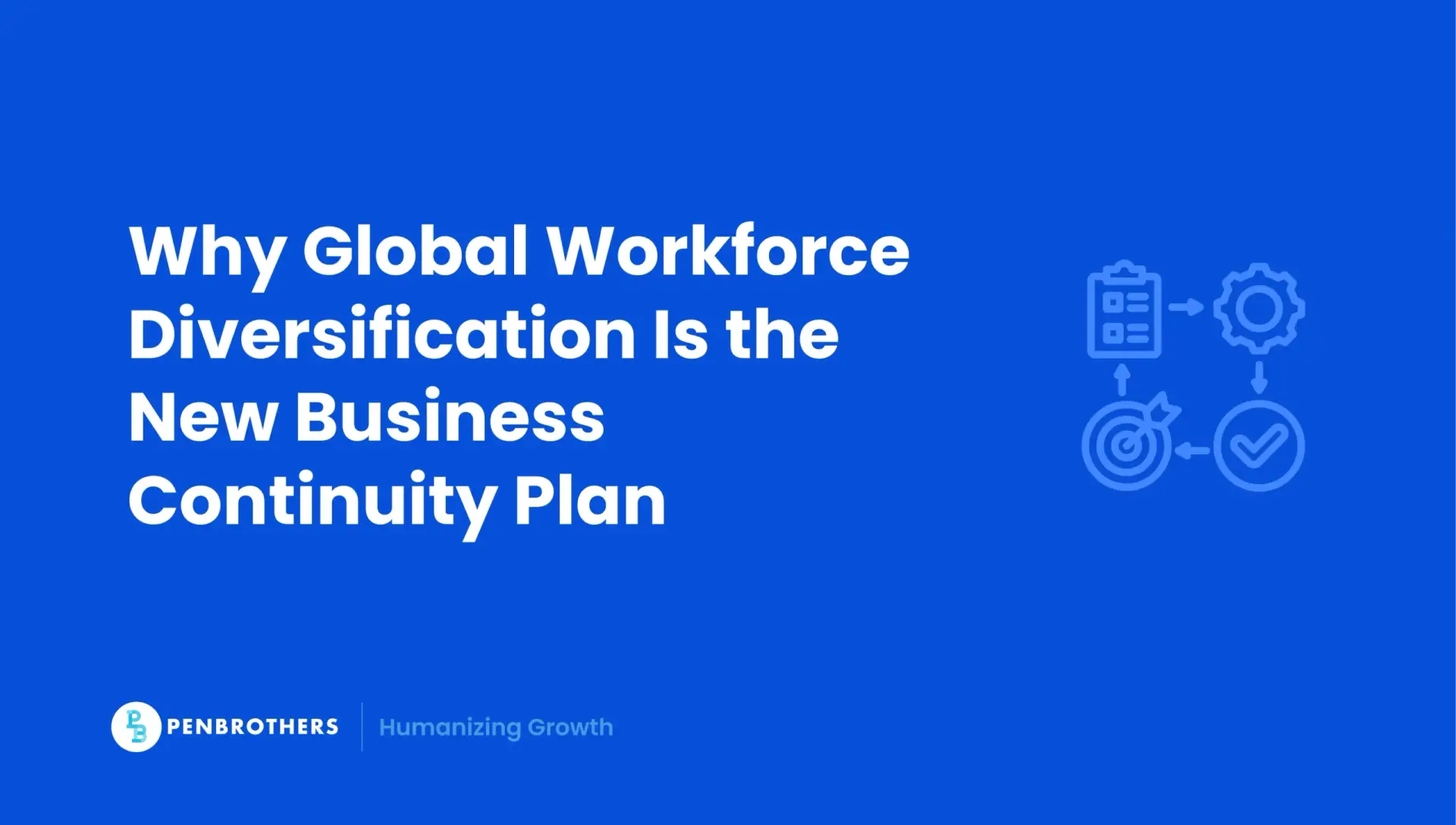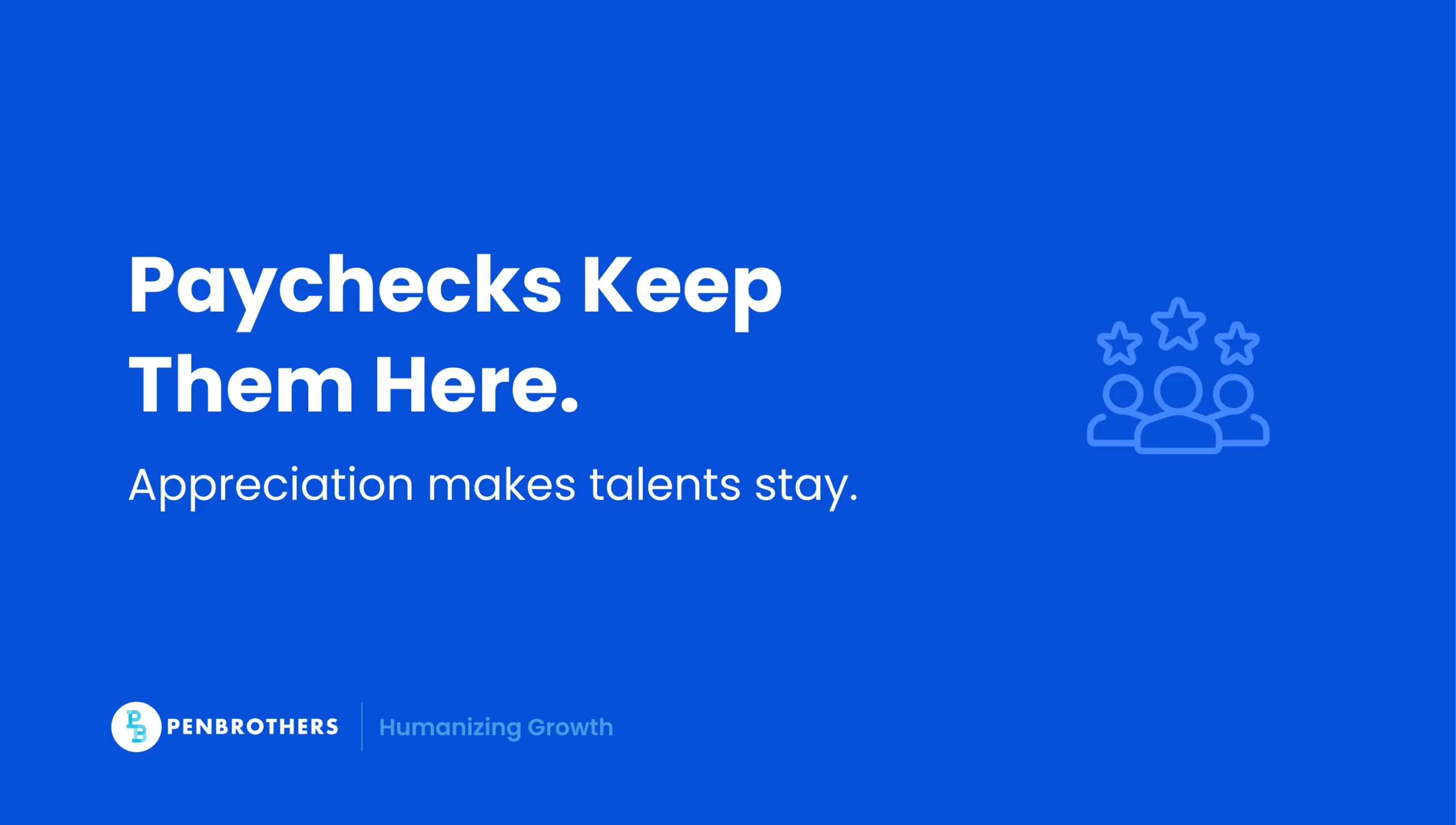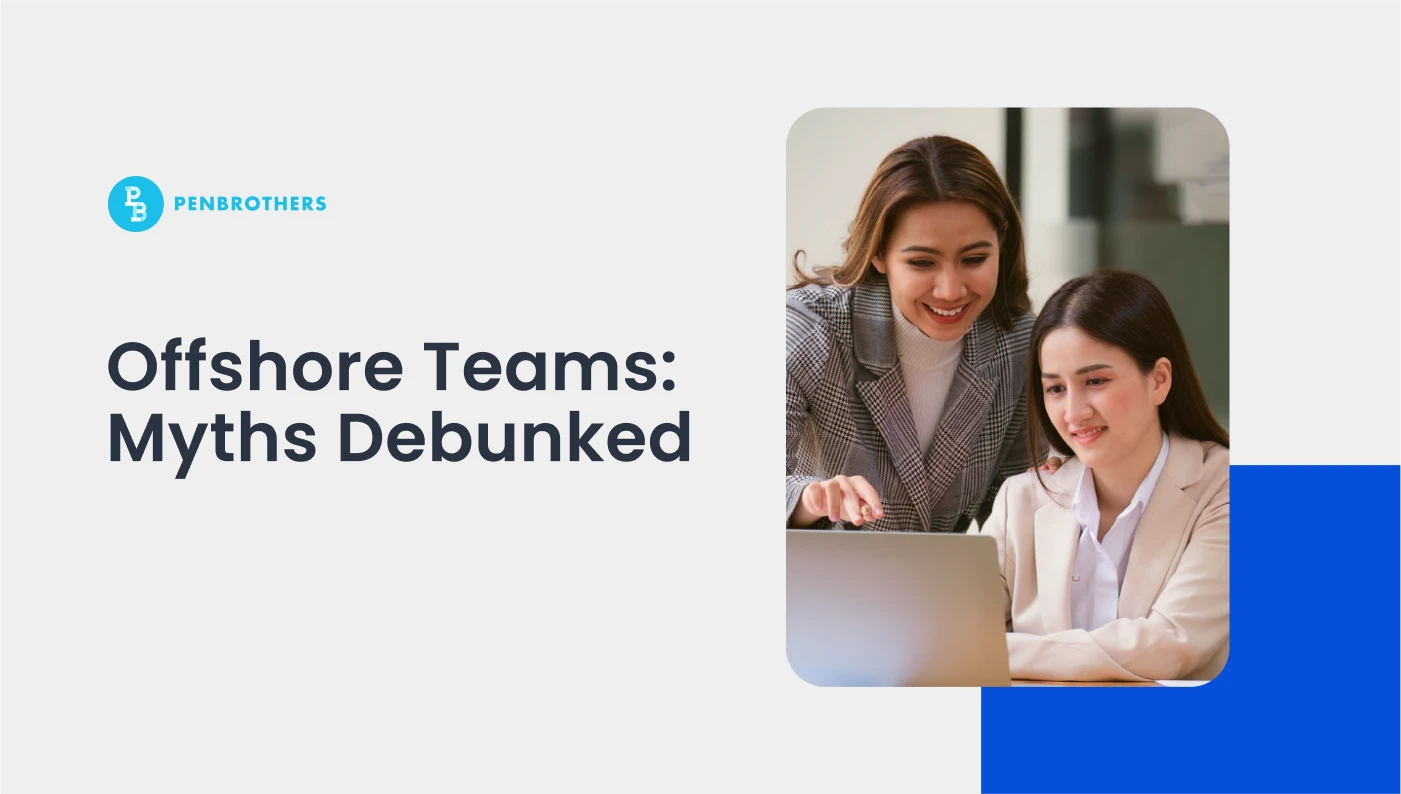What's Inside?
The 2025 U.S. Government Shutdown Is Over. The Resilience Wake-Up Call Remains

On November 12, 2025, the lights in Washington came back on.
After 43 days, the longest government shutdown in U.S. history officially ended when President Donald Trump signed a stopgap funding bill. For six weeks, the stalemate idled over 1.4 million federal workers—some furloughed, others working without pay—and froze critical state functions.
Immigration case files sat untouched. Federal contracts were frozen. Small business loans were suspended indefinitely.
For executives watching this from Seattle, Austin, and New York, the question was never if the shutdown would cause damage. The question was what the final invoice would be. Now we know. And what it reveals is a structural fragility baked into the American business model.
The 2025 U.S. government shutdown was not political theater. It was a stress test. The final report is in, and many companies failed.
Key Takeaways
- A Wake-Up Call on U.S. Domestic Risk: The 43-day U.S. government shutdown in 2025 serves as a critical stress test for businesses, proving that domestic political volatility is now a significant operational risk that can halt core business functions.
- The Strategic Value of Offshoring Has Shifted: This event has redefined the primary value of offshoring. It is no longer just a cost-optimization strategy but a crucial business continuity and risk mitigation tool. Offshore teams in stable jurisdictions like the Philippines kept working while U.S. federal agencies were frozen.
- Severe Operational Shocks to U.S. Businesses: The shutdown had immediate, tangible impacts on the private sector. It froze all federal contract payments, suspended SBA loan approvals, and created critical HR and compliance bottlenecks by halting all immigration-related functions (like H-1B processing) and taking the E-Verify system offline.
- Resilience Requires Proactive Geographic Diversification: The key lesson for executives is that operational resilience must be built proactively. The strategic response is to audit all federal dependencies and accelerate the expansion of a globally distributed workforce to ensure essential business functions are insulated from future domestic political disruptions.
Is the Government Shutdown Over?
Yes. The 2025 U.S. government shutdown ended on Wednesday, November 12, 2025. President Donald Trump signed a funding bill late that evening, concluding a 43-day impasse that officially became the longest lapse in federal funding in U.S. history.
The deal funds the government through January 30, 2026. However, it does not resolve the core political dispute that triggered the crisis.
Understanding the 2025 U.S. Government Shutdown
What Triggered the 43-Day Impasse
The government shut down because Congress failed to pass appropriations bills before the October 1 deadline. The central sticking point was the expiring Affordable Care Act (ACA) tax credits.
Democrats insisted that an extension of these healthcare subsidies be included in the funding bill. President Trump and the Republican-controlled Congress refused, demanding a “clean” bill with no such policy riders. Neither side blinked, and funding lapsed.
Why Did Trump Shut Down the Government in 2025?
This event is largely defined as the “Trump Shutdown” because President Trump and the Republican majority refused to pass a funding bill that included the Democratic priority of extending the ACA subsidies.
While Democrats in the Senate used the filibuster to block the Republican-led budget, the impasse was ultimately broken when President Trump agreed to sign a temporary funding bill that did not include the ACA subsidy extensions. This resolution, however, only funds the government until January 30, 2026, and sets up a separate, future vote on the healthcare subsidies, delaying the conflict rather than resolving it.
Why This Federal Government Shutdown Is Different
Past shutdowns were predictable. Furloughs happened, everyone complained, a deal got made, workers got back pay, and life resumed.
Recovery was measurable. The playbook was known.
Not anymore.
This shutdown introduced the idea that some of these agency closures might be permanent, that the Department of Labor might not come back at full capacity, that critical regulatory functions could simply disappear. For businesses that rely on federal agencies for everything from visa processing to contract payments, this changes the entire risk calculation.
The Congressional Budget Office estimates that roughly 750,000 federal workers are furloughed. The Department of Labor? Seventy-six percent of its staff sent home. The Department of Commerce? Eighty-one percent. The Department of Education? Eighty-seven percent.
This is the first time a U.S. government shutdown has introduced structural uncertainty into the business environment. Domestic political risk just became a permanent line item in the strategic planning deck.
Related articles:
- Trump on IT Outsourcing: HIRE Act Facts, Risks, and Next Steps
- Outsourcing to India and the HIRE Act: What U.S. Companies Should Do Now
- Outsourcing Tax: What Is Official, What Is Proposed, What Is Noise
- Fed Rate Cuts and Outsourcing in 2025: Executive Guide
- Trump’s $100K H-1B Visa Fee Explained: Policy and Reactions
- Federal Minimum Wage 2025: What U.S. Employers Need to Know
The Economic Fallout: Quantifying the Cost of Instability
The Final Economic Damage
The projections are no longer necessary. The final numbers are in.
The Congressional Budget Office (CBO) reported that the 43-day shutdown resulted in a permanent, unrecoverable GDP loss of between $7 billion and $1Hence, 4 billion. This damage was compounded by the loss of over $21 billion in wages to federal workers, money that was pulled directly from local economies.
For context, the 2018-2019 shutdown—the previous record-holder at 35 days—cost the economy $11 billion. This new record for dysfunction has set a new, higher benchmark for economic self-sabotage.
Market and Investor Reactions
The stock market set records the week the government shut down. That sounds good until you look closer. Treasury yields fell as investors moved to safety. The dollar weakened. And then there’s the data blackout.
The Bureau of Labor Statistics stopped publishing reports. The Census Bureau went dark. The monthly jobs report was delayed. For a Federal Reserve that has repeatedly said its policy decisions are “data-dependent,” this creates a problem. You can’t steer the economy if you can’t see the dashboard.
Investors are flying blind. So are policymakers. Private-sector data exists, but it’s incomplete. Markets hate uncertainty more than they hate bad news, and right now, uncertainty is all there is.
Erosion of Confidence and Creditworthiness
In May 2025, Moody’s downgraded the U.S. sovereign credit rating from Aaa to Aa1.
The reasons?
Rising debt and persistent political gridlock. The current shutdown validates everything Moody’s said. It’s one thing to warn about fiscal instability, it’s another to watch the government go dark because Congress can’t pass a budget.
Business confidence is slipping, and consumer confidence is following. The Los Angeles Area Chamber of Commerce warned that “extended federal gridlock threatens prosperity and global competitiveness.” Every day the shutdown continues, the trust gap widens.
Operational Shock: When the Federal Government Stops, Business Stalls
Frozen Federal Contracts and Payments
Thousands of federal contractors are operating in limbo right now. Payments stopped, new contracts aren’t being awarded, companies that depend on steady federal cash flow are facing liquidity crises.
The U.S. Chamber of Commerce estimates that the halt in Small Business Administration loan approvals alone is costing firms $100 million per day in lost financing.
For small and medium-sized enterprises, this is existential. If you’re a contractor with an incrementally funded contract, you’re in a worse position. You can issue a stop-work order and halt operations, or you can keep working “at risk” with no guarantee the government will reimburse you for costs incurred during the lapse. Neither option is good.
HR, Immigration, and Compliance Bottlenecks
The Department of Labor handles Labor Condition Applications and PERM certifications. Both are frozen. That means hiring skilled foreign workers has stopped. E-Verify is offline, which means companies can’t onboard new employees even if they wanted to.
Meanwhile, the IRS is still operating. Thanks to multi-year funding from the Inflation Reduction Act, tax deadlines remain in effect. You still have to file, you still have to pay, but the systems you need to comply with other federal requirements? Those are dark.
This creates an asymmetric regulatory burden. Businesses must comply with rules they can’t fully navigate.
Agency-Specific Impact Summary
Here’s what the shutdown looks like at the agency level:
- Department of Labor: 76% furloughed. All immigration-related functions halted.
- Department of Commerce: 81% furloughed. Trade data and export licensing disrupted.
- Department of Education: 87% furloughed. Research grants and funding delayed.
- Small Business Administration: 23% furloughed, but lending is suspended entirely.
For the private sector, these numbers translate into frozen hiring pipelines, disrupted supply chains, and stalled project funding. It’s a cascading operational shock.
The Offshore Advantage: A Real-World Stress Test for Resilience
Offshore Teams as Business Continuity Shields
While federal operations in the U.S. are on hold, offshore teams are working. HR functions in the Philippines continue processing payroll. Finance teams in India keep closing books. IT operations in Latin America maintain infrastructure.
The shutdown demonstrates something simple but powerful: a globally distributed workforce is a built-in continuity mechanism. When Washington goes dark, Manila stays lit. Offshore teams act as shock absorbers, keeping essential business processes stable even as domestic systems fail.
Diversified Global Workforce = De-Risked Operations
Gartner has been saying for years that geopolitical instability must be treated as a core operational variable. The 2025 shutdown proves that instability isn’t limited to emerging markets. It can start in Washington.
By distributing critical functions across multiple jurisdictions, companies insulate themselves from political risk. A diversified workforce isn’t just an HR strategy. It’s a resilience framework. If the Department of Labor is closed and you can’t process H-1B visas, but you have a hiring pipeline in Manila, you keep moving.
The Strategic Shift: From Cost-Saving to Continuity
For decades, offshoring meant cost optimization. That logic still holds. But the 2025 shutdown redefines its strategic value.
CEOs and boards now view offshore partnerships as a core element of risk mitigation. The question is no longer how much outsourcing saves. The question is how much it safeguards. When your domestic operations depend on a government that can shut down over a healthcare funding dispute, having a backup system isn’t optional.
Lessons from Past Disruptions: COVID-19 and Now the Shutdown
The pandemic was the first large-scale proof that distributed operations are inherently more resilient. Companies that had already invested in remote infrastructure and offshore teams pivoted faster. They sustained productivity through lockdowns while others scrambled to set up VPNs and figure out Zoom.
The current shutdown reinforces that same principle. Resilience is proactive, not reactive. Those with geographically diversified teams continue working while others wait for Washington to reopen. The pattern is consistent: when disruption hits, distributed teams absorb the shock.
Action Framework for Executives
Immediate (30–90 Days)
For CFOs: Run cash-flow models for 30-, 60-, and 90-day shutdown scenarios. Assume delayed federal payments even after reopening. Secure bridge financing or extend credit lines now.
For COOs: Audit every active federal contract. Confirm funding status. Document all communications with agency officials for future claims. Issue stop-work orders where necessary.
For CHROs: Pause U.S. hiring that relies on Department of Labor processing. Support foreign employees caught in visa backlogs. Communicate clearly about delays. Review obligations under federal and state WARN Acts if the shutdown forces furloughs.
Strategic (6 Months and Beyond)
Audit Federal Dependencies: Identify where operations rely on federal data, approvals, or compliance systems. Build redundancy outside U.S. borders.
Accelerate Offshore Expansion: Treat global capability centers not as support functions but as continuity assets. Offshore teams in stable markets like the Philippines or India can sustain performance during domestic volatility.
Invest in Digital Infrastructure: Build systems that don’t depend on federal access. Cloud-based finance, HR, and compliance platforms with full global visibility. The goal is end-to-end operational autonomy.
The New Normal of Domestic Political Risk
The 2025 U.S. government shutdown is more than a political standoff. It’s a warning.
Domestic political volatility has entered the realm of operational risk. For the first time, American companies must treat U.S. political disruptions with the same seriousness as international crises. McKinsey has long argued that “resilience is not reactive, but proactive.” The events of this shutdown prove that point.
In an age where even Washington can go dark, resilience belongs to those whose operations never do.
The question now is what you do with this information.
Some companies will wait. They’ll watch the news, hope for resolution, and return to normal once the government reopens. Others will recognize this for what it is: a signal that the old assumptions no longer hold. That domestic stability is no longer guaranteed. That building a resilient operation means building one that doesn’t depend on any single government staying functional.
If you’re in the second group, we should talk. We’ve spent years helping companies build offshore teams that work, not as a cost-cutting exercise, but as a continuity strategy. The kind that keeps running when everything else stops.
You know where to find us.
Frequently Asked Questions
Yes, the 43-day shutdown, the longest in U.S. history, ended on November 12, 2025. A temporary stopgap funding bill was signed, funding the government through January 30, 2026.
The shutdown was caused by a political impasse in Congress. Lawmakers failed to pass a funding bill by the October 1 deadline due to a dispute over whether to extend the Affordable Care Act (ACA) tax credits.
It caused severe operational disruptions. Businesses with federal contracts had their payments and new contracts frozen. The Small Business Administration (SBA) stopped approving loans. And all HR-related immigration functions, such as processing H-1B visas and Labor Condition Applications, were halted, as was the mandatory E-Verify system for onboarding new hires.
An offshore team acts as a business continuity shield. While U.S. federal agencies were non-operational, essential business functions—like payroll, finance, and IT support—being handled by teams in other countries (like the Philippines or India) continued to run without disruption.
The main lesson is that domestic political volatility in the U.S. is now a major operational risk. As a result, the strategic value of offshoring has shifted from being just a cost-saving measure to being an essential strategy for risk mitigation and building a resilient, globally diversified operation.




